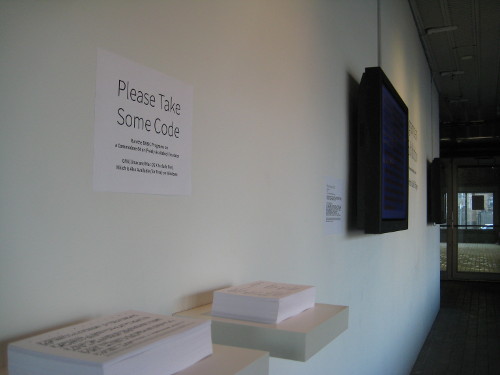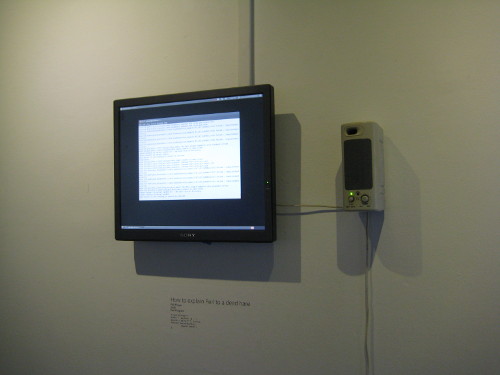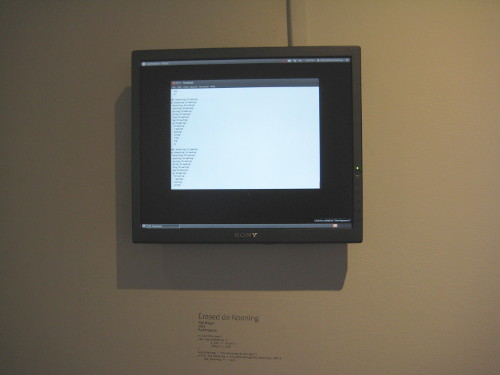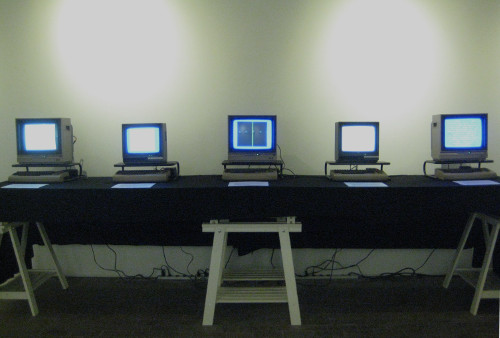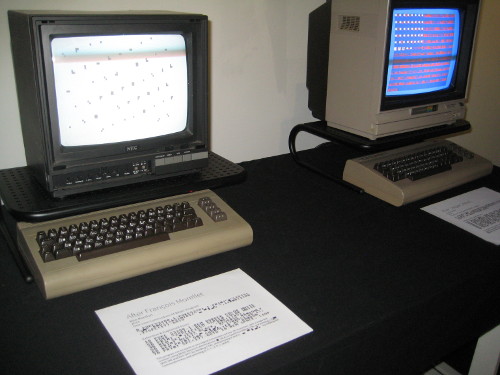My comments were part of a brief piece on NPR’s All Things Considered yesterday. NPR only turns to me when there’s a very serious issue at stake; this time, some documentary filmmakers were thwarted, at least for the moment, in their quest to visit an Alamogordo, New Mexico landfill and dig up the large number of E.T.: The Extraterrestial Atari 2600 cartridges that, according to reports, are buried there.
Lots of people read the story of E.T. (the video game) as one of monumental punishment for a media company’s disrespect for users/players. To me, there are at least two other important points.
One is that digital media is material. As much as we love to speak of “the Cloud,” “Steam,” and even “the Web” with its gossamer immateriality, the computers that we use are matter, they are physical stuff, and all of so so-called software is ultimately inscribed materially. Digital media is part of our world, capable of being buried and dug up, part of our environment and able to influence its quality.
Another is that when you’re innovating and creating work in a truly new form, it can be easy to cross the line between success and failure. Howard Scott Warshaw takes the rap for creating, under tremendous deadline pressure, the difficult-to-play, difficult-to-enjoy E.T. Before that, he created a hit game, a similar style of adventure, that was also based on a movie: Raiders of the Lost Ark. And, before that, he created a game with a compelling appearance and complex but engaging gameplay: Yar’s Revenge. Ian Bogost and I wrote a chapter about this Atari VCS game in Racing the Beam; it was Atari’s best-selling “original” game for the system. Last year, Yar’s Revenge was added to the collection of the Museum of Modern Art, becoming one of only twenty videogames in their collection.
We might need tales of corporate hubris and downfall to remind us not to invest our money, or all of our lives, in today’s digital media companies. But it’s worth noting, too, that media we think of as insubstantial can sometimes be inconveniently material, and that poor work is sometimes not just the result of scorn – it can also happen when a great artist tries to do too much too quickly.



